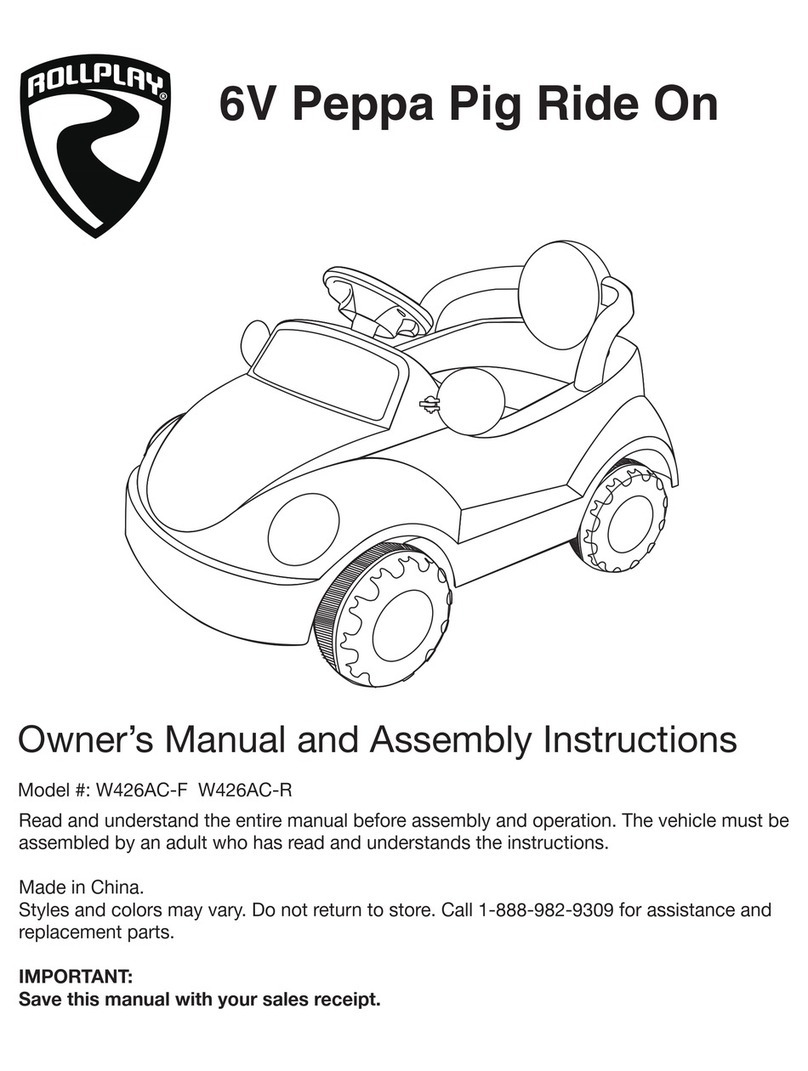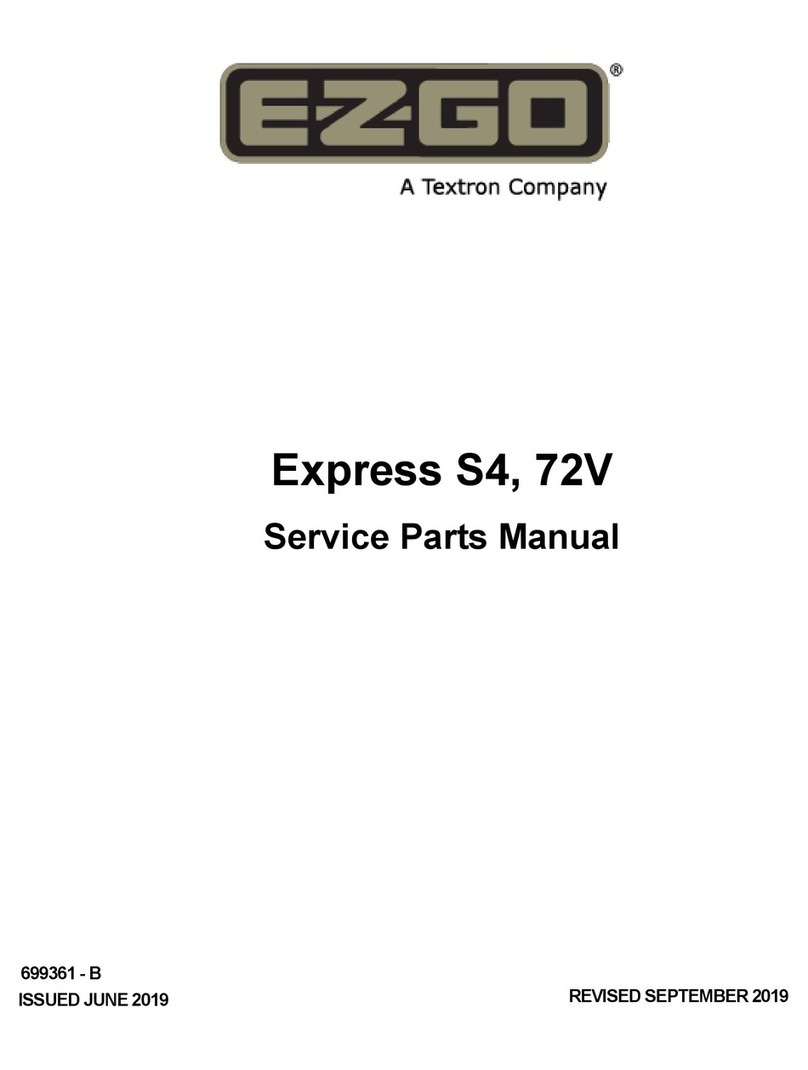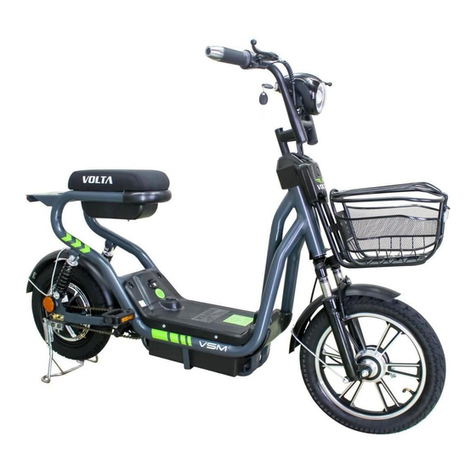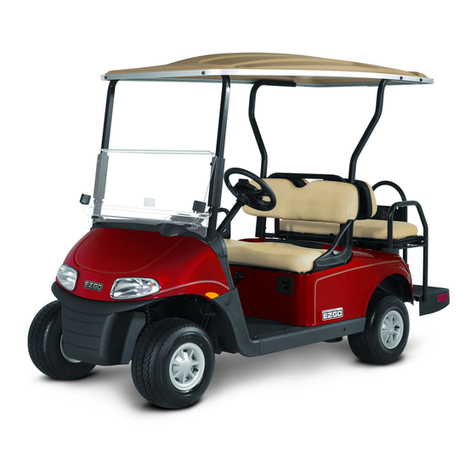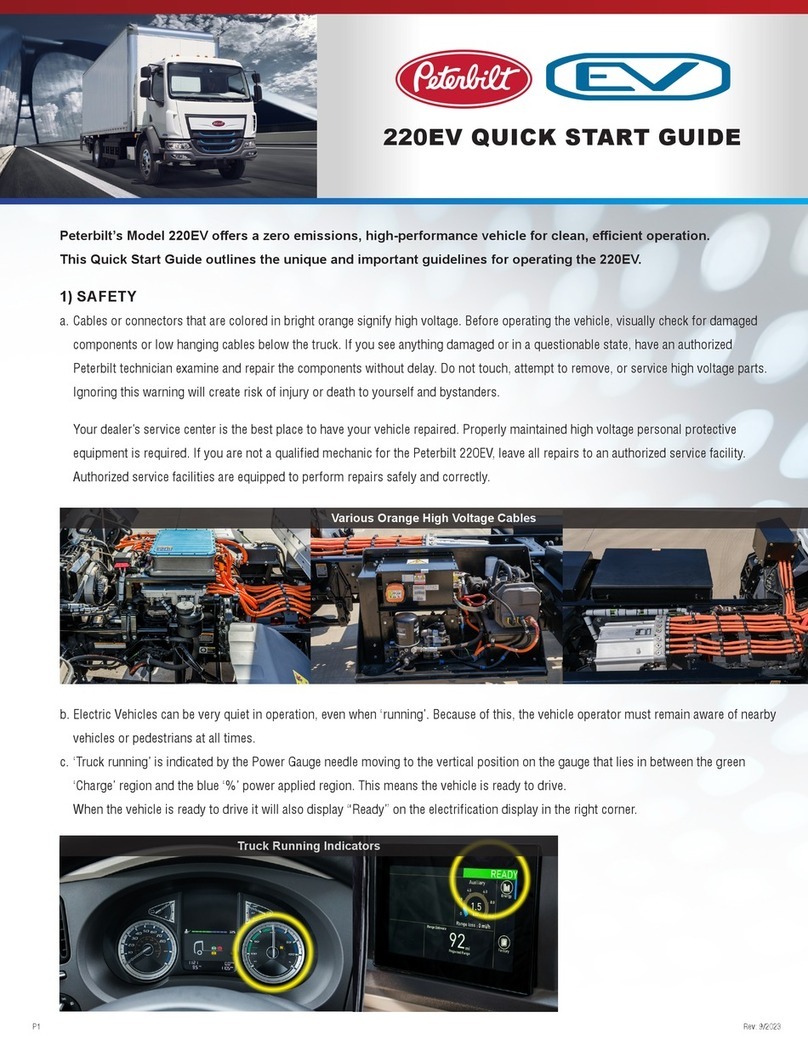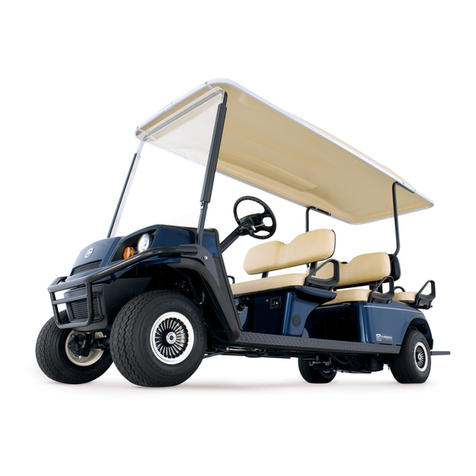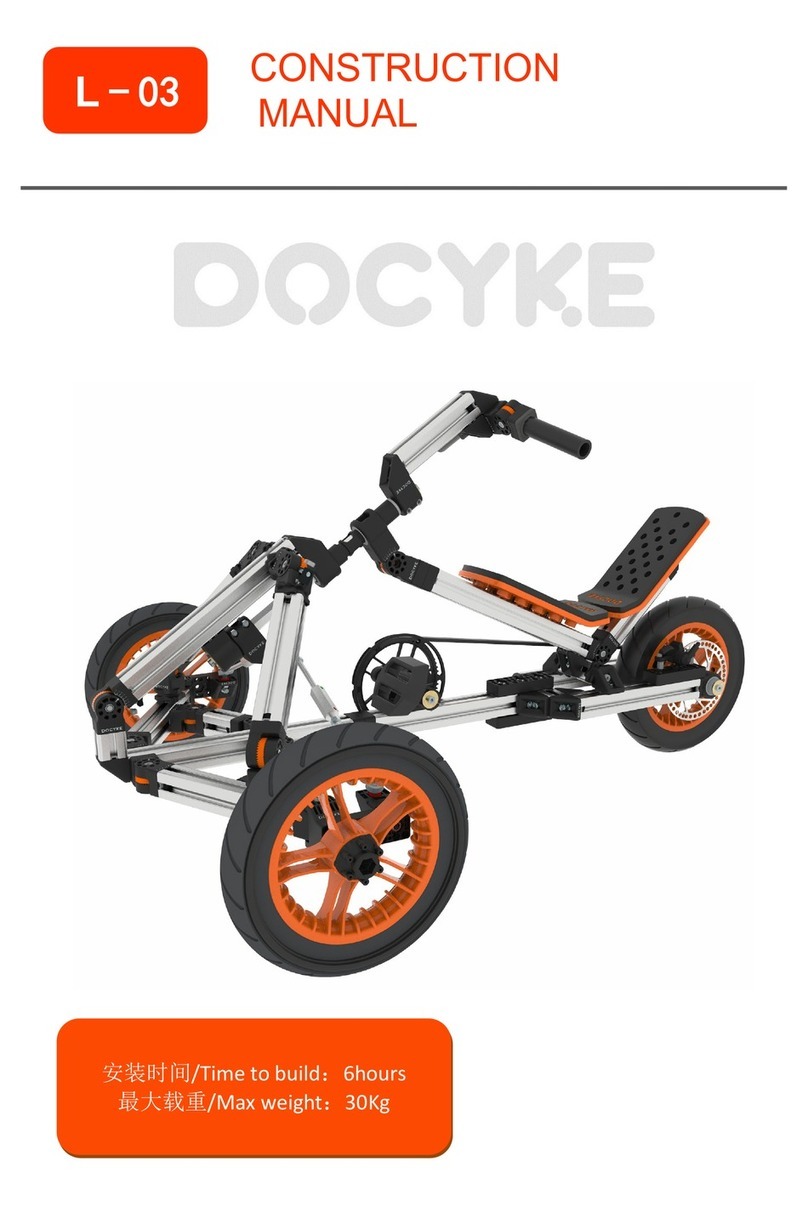
Dear Customer,
We would like to congratulate and thank you for choosing the Fiat New 500.
We have written this handbook to help you get familiar with all the features of your car.
Here you will find information, advice and important warnings regarding use of your car and how to achieve the best
performance from the technical features of your Fiat New 500.
You are advised to read it right through before taking to the road for the first time, to become familiar with the controls; at the
same time, you can understand the car behaviour on different road surfaces.
This document contains specifications, special procedures and essential information for caring for and maintaining your Fiat
New 500 over time, driving it safely and running it correctly.
After reading it, you are advised to keep the handbook inside the car, for an easy reference and for making sure it remains on
board the car should it be sold.
In the attached Warranty Booklet you will also find a description of the Services that Fiat offers to its customers, the Warranty
Certificate and the detail of the terms and conditions for maintaining its validity.
We are sure that these will help you to get in touch with and appreciate your new car and the service provided by the people at
Fiat.
Enjoy reading. Happy driving!
ATTENTION
All the versions of the Fiat New 500 are described in this Owner Handbook. Options, equipment dedicated to
specific markets or versions are not explicitly indicated in the text: as a consequence, you should only consider the
information which is related to the trim level, motor and version that you have purchased. Any content introduced
throughout the production of the model, outside the specific request of options at the time of purchase, will be
identified with the wording (where provided). All data contained in this publication are purely indicative. FCA Italy
S.p.A. can modify the specifications of the car model described in this publication at any time, for technical or
marketing purposes. For further information, contact a Fiat Dealership.
